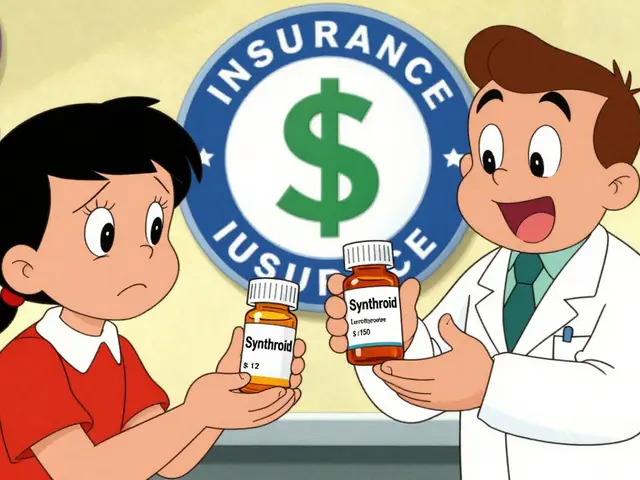Mass Drug Administration (MDA): A Simple Guide
If you’ve ever heard health officials talk about giving medicines to whole villages, they’re referring to mass drug administration, or MDA. It’s a public‑health strategy where safe, approved drugs are given to large groups of people at the same time, usually to stop diseases that spread easily.
How MDA Works in Practice
First, officials pick a disease that can be tackled with medication – think malaria, river blindness, or intestinal worms. Then they choose an approved drug that works well against that illness. The next step is planning: health workers map out the area, count how many people need treatment, and set up distribution points like schools, community centers, or mobile clinics.
On the day of delivery, volunteers hand out a single dose (or sometimes a short course) to everyone who meets the criteria – often everyone over a certain age, regardless of whether they show symptoms. The goal is to lower the parasite load in the whole population, making it harder for the disease to keep circulating.
After the round is finished, teams record how many doses were given and watch for any side effects. Follow‑up surveys check if infection rates have dropped. If needed, another round may be scheduled a few months later.
Key Benefits and Challenges
The biggest benefit of MDA is speed. Instead of treating each case one by one, you hit the entire community at once, which can quickly reduce disease prevalence. It’s also cost‑effective because buying drugs in bulk lowers price per dose.
However, there are challenges. Getting everyone to take the medicine requires trust – people need clear information about safety and why it matters. Logistics can be tough in remote areas where roads are bad or power is unreliable. Monitoring for adverse reactions is essential; even safe drugs can cause mild side effects that need attention.
Another hurdle is drug resistance. If MDA is repeated too often without proper surveillance, parasites may develop resistance, making the treatment less effective. That’s why health programs combine MDA with other measures like vector control or sanitation improvements.
Overall, when planned well and combined with community education, MDA can dramatically cut disease rates. Countries that have used it for lymphatic filariasis, onchocerciasis, and soil‑transmitted helminths have seen infection levels drop from millions to just a few thousand in a decade.
So, if you’re curious about how public health teams fight widespread infections, remember that mass drug administration is a simple yet powerful tool. It relies on giving the right medicine to the right people at the right time – and doing it together as a community.





